
Categories
Resource Types
CCSS
Speaking & Listening
Language
Reading
Estimating Access of Communication Effectiveness
$ 0
The opportunity to access to all classroom instruction and peer-to-peer communication is a key assumption of regular education and of 504, IDEA and Title II of the Americans with Disabilities Act (ADA
...
). A November 2014 policy guidance from the US Department of Education and US Department of Justice clarified that, under Title II of the ADA, schools are required to ensure that communication for students who are deaf and hard of hearing are as effective as communication for others through the provision of appropriate aids and services, thereby affording an equal opportunity to obtain the same result to gain the same benefit as that provided to others and to participate in and enjoy the benefits of the district’s services, programs, and activities . The ADA requirements restate the principles stated under Section 504, which is often seen as the means used to fulfill the requirements of ADA. Per the U.S. Department of Justice2 : Public entities must not discriminate against, deny the benefits of, or exclude qualified individuals with disabilities from participation in any service, program, or activity. The aids, benefits, and services provided to persons with disabilities must be equal to those provided to others, and must be as effective in affording equal opportunity to obtain the same results, to gain the same benefit, or reach the same level of achievement as those provided to others. These requirements apply to all school-related communication for children with known hearing, vision or expressive speech impairments, ages 3 through 22, who are educated in public schools, including charter and magnet schools
Understanding Classmates' Comments and Questions
$ 195
Use these discussion questions and fillable planning guide to help students problem solve and learn to advocate for themselves when they do not have full access to a spoken message.
Self-Advocacy - Selecting Preferential Seating
$ 195
Do students know how to select a seat in different settings? Use this to plan activities for students to determine what is and is not a good place to sit in various situations.
Self-Advocacy - Predict, Plan, Prepare
$ 0
Making predictions and preparing for circumstances makes life so much easier. Help students understand how to manage time, problem-solve, and plan for their day with these ideas for activities and for
...
ward-thinking strategies.
Self-Advocacy -Problems, Problems, Problems!
$ 395
Problem-solving occurs in all subject area and in social situations. What can students do to find solutions to particular problems academic or otherwise? Use this lesson plan and these activities to
...
teach students how to attack a problem and find solutions. Includes fillable and interactive worksheets with easy to use activities from basic skills to advanced.
Self-Advocacy Social Skills & Pragmatic Language Strategies- Communication Repair
$ 395
Learning how to repair communication early is a critical skill, especially for students who are deaf or hard of hearing. Miscommunication leads to social and academic problems having a negative impact
...
on students. Use these activities designed for basic to advanced levels to teach communication repair strategies. Includes communication checklists, task cards, and readings.
Advocacy - Self Determination and Transition- Creating a Brochure
$ 195
Students should know and understand to the best of their ability the content of their IEP. This activity will familiarize them with their goals, accommodations, hearing assistance technology, streng
...
ths and needs, related services, and their own hearing difference by creating a brochure about themselves. Includes instructions and cut-outs that can be used.
Advocacy - Self Determination and Transition- A Team that's here to help
$ 0
All students face a myriad of challenges at school, home, and in the community. It is also important that children build grit, determination, and resilience to face these challenges. It is also impor
...
tan that students recognize when these strengths aren't enough and when it is time to ask for help. In this activity, students will create a 3-panel comic book page illustrating an emergency outside of school or a problem with technology or schoolwork, and the solution.
Advocacy - The Effort to Listen
$ 2
Effort is required to listen. These activities can be used for helping students understand what factors impact their effort to listen. Environment, make up of a room, location, and size all play a par
...
t in the ease or difficulty to listen. Students are given a variety of listening situations and asked to evaluate each one for size, flooring, walls, ceiling, furnishings, and background noise. They then rate the environment as good, fair, or poor.
YOU are Driving Your Brain! Listening for Unknown Words & Asking Questions as Self Advocacy
$ 895
Information for teacher about development of metacognitive skills and students' ability to recognize unfamiliar words. Materials to support discussions about what we know and don't know, recognizing u
...
nknown words and deciding when and how to ask for an explanation. Includes 5 activities. Vocabulary-loaded text provided, on the topic of environmental concerns. Graphics, word map, desk cards with language of asking for explanation. Suggestions for differentiation.

 Your browser is out of date. For best experience switch to latest updated Browser.
Your browser is out of date. For best experience switch to latest updated Browser.
 Get Chrome
Get Chrome Get Edge
Get Edge Get Firefox
Get Firefox
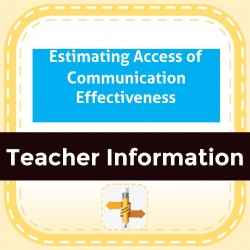
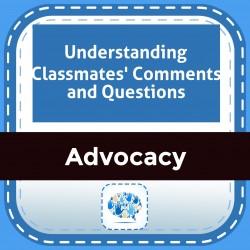
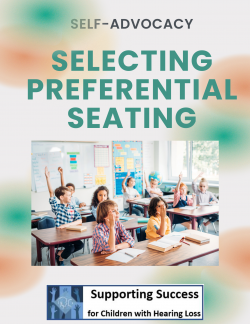
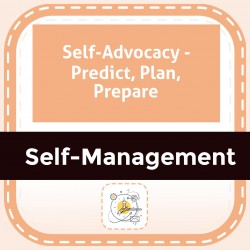
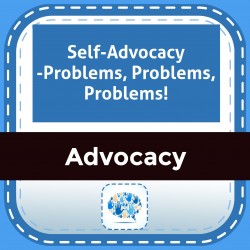
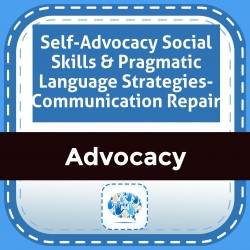
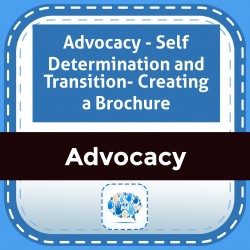
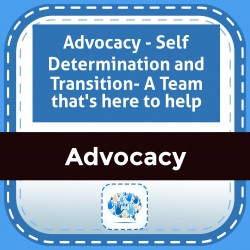
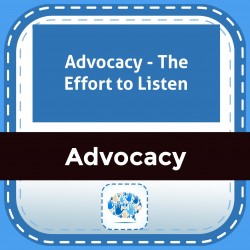
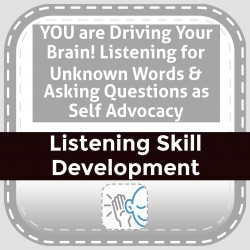


 You MUST include an email contact and phone number on your PO. Some of our products are downloadable only and delivered via email. Not including an email address will prevent delivery.
You MUST include an email contact and phone number on your PO. Some of our products are downloadable only and delivered via email. Not including an email address will prevent delivery. 